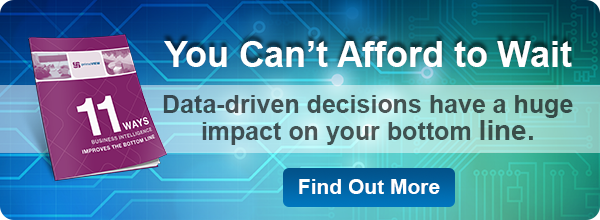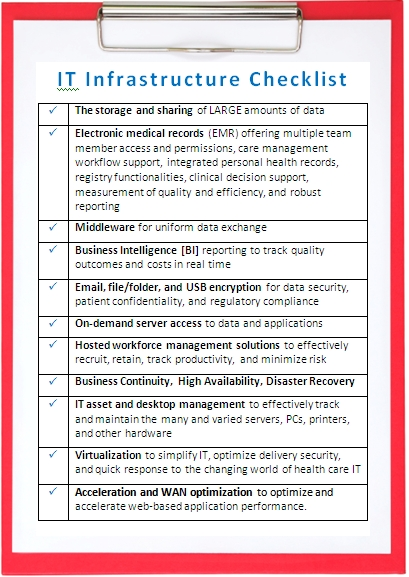 In our recent blogs, we’ve highlighted how Business Intelligence (BI) can help providers more effectively tell their stories to stakeholders, investors, and referral sources. However, providers have another key audience to whom they could effectively present data-driven demonstrations of value and quality – ACOs. In an article published by Healthcare IT News, the author identifies, among other critical success factors, that ACOs need to align the payment model with value and to develop the data model, IT infrastructure, and tools to support reporting and analytics.
In our recent blogs, we’ve highlighted how Business Intelligence (BI) can help providers more effectively tell their stories to stakeholders, investors, and referral sources. However, providers have another key audience to whom they could effectively present data-driven demonstrations of value and quality – ACOs. In an article published by Healthcare IT News, the author identifies, among other critical success factors, that ACOs need to align the payment model with value and to develop the data model, IT infrastructure, and tools to support reporting and analytics.
Aligning value with payment models
One of my co-workers likes to use the cliché, “Keep it real. In that spirit, because payment model and value alignment are important to ACOs, providers need to understand ACO requirements and to tie their quality improvement initiatives to that payment model. BI can help providers identify and share the results of these initiatives with ACOs, demonstrating payment model-relevant value and service quality.
Developing the data model, IT infrastructure, and tools to support reporting and analytics
Key to successful ACO participation is a dynamic BI tool, the backbone of which is readily interoperable with other systems. Being able to integrate data from various data sources into one common data warehouse will help open lines of communication and care coordination within the payment model parameters. To the extent that LTC providers, with ambitions to participate as a valued and contributing ACO member, have the infrastructure in place, they will be able to more readily integrate their data into the ACO’s existing platform.
Let me add our two cents – talking the talk; walking the walk
In marketing, we use the term “buyer persona”, which means that for us to effectively communicate, we need to understand who our targeted audience is, their concerns, their interests, etc., and to tailor our communication and engagement efforts accordingly. Likewise, providers need to understand the ACO stakeholder persona(s) and to craft their interactions with those stakeholders by talking their talk and walking their walk. Addressing their concerns with relevant information goes a long way.
Summary
Within the last couple of years, ACOs have begun to recognize that the inclusion of post-acute care providers can contribute to major cost savings and quality care improvement. LTC providers who have BI and data integration technology in place are better positioned to solicit and participate as viable ACO members. Are you one of them? Is ACO participation on your strategic radar screen? If so, having BI and analytics tools to help you demonstrate value in harmony with ACO payment models will help you to stand out among the crowd of ACO membership “wannabees”.
/Prime-Care-Technologies-Logo.png?width=191&height=55&name=Prime-Care-Technologies-Logo.png)

 In a recent McKnight’s Senior Living article, the leaders of Argentum, NCAL, and LeadingAge responded to the question of their respective associations’ agendas for 2016. As I read their responses, I opportunely observed that
In a recent McKnight’s Senior Living article, the leaders of Argentum, NCAL, and LeadingAge responded to the question of their respective associations’ agendas for 2016. As I read their responses, I opportunely observed that 
 Over the last several months, this blog has covered topics focusing on various aspects of IT and its impact on long term care. In our
Over the last several months, this blog has covered topics focusing on various aspects of IT and its impact on long term care. In our 
 OK. So what is “the cloud?” In general, cloud computing refers to anything that involves delivering hosted services over the Internet. Because the cloud symbol has been used for a long time in flowcharts and diagrams to represent the Internet, the use of the term, “cloud computing,” is logical. So what’s the recent buzz about cloud computing - especially for health care providers?
OK. So what is “the cloud?” In general, cloud computing refers to anything that involves delivering hosted services over the Internet. Because the cloud symbol has been used for a long time in flowcharts and diagrams to represent the Internet, the use of the term, “cloud computing,” is logical. So what’s the recent buzz about cloud computing - especially for health care providers?